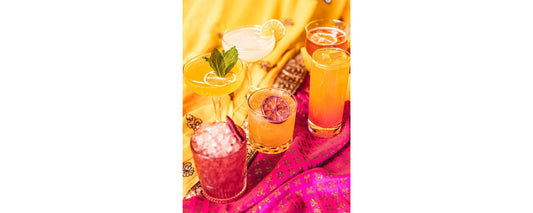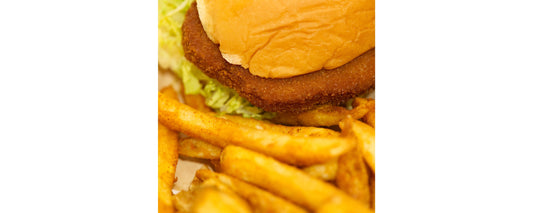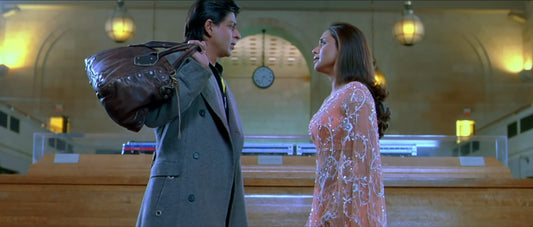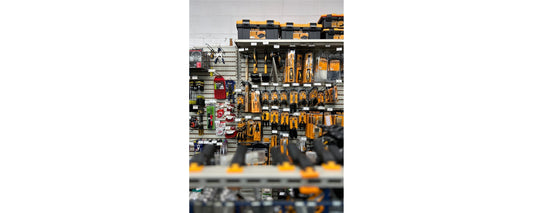Shaunda Holloway has been fascinated by textures ever since childhood. She remembers, as a kindergartener, “sticking my entire hand on a cactus and being in the
Now the place where Holloway was first “inducted as a printmaker”—Creative Arts Workshop—is the site of an exhibit of her large-scale photo montage monotypes printed on fabric, the second in a series of three streetside window displays titled Made Visible. The larger exhibition is the result of an open call for “work that illuminated, amplified
sponsored by
It’s also a response to the pandemic, a way to safely share art while the school and its public gallery remain closed. That accessibility is something Coates had already been thinking about: how to use CAW’s pedestrian-friendly location and its soaring windows “as a welcoming tool to invite people in who might not otherwise walk through the door.” An installation of cyanotypes by Margaret Roleke opened the series in September. Holloway’s work, on view through November 29, will be followed by Annie Sailer’s “brightly colored large-scale canvases” that are “informed by the aesthetics of African American youth culture… and by West African textile design,” beginning December 7, CAW says. Online events coincide with the exhibits, including a discussion and printmaking demonstration by Holloway, archived on YouTube.
Holloway says she’ll “print on whatever I can get my hands on” but favors fabric over paper for its “greater sense of permanency.” Her fabric pieces at CAW layer photographs of Black New Haveners with printed designs of lace and leaves, splatters and strokes of paint and washes of color that elevate our neighbors’ faces into iconic images of wisdom, patience and fortitude. One canvas is dyed indigo with dark veins running along its folds, giving it a distressed appearance. At the same time, overlays of patterns in sunny orange and yellow and splatters of yellow, brown and red suggest a dynamic, uplifting movement away from despair. All of the photographed faces gaze upward or beyond the viewer, as if open to possibility.
These themes are repeated in Holloway’s other three pieces, all printed on white bamboo fabric and featuring similarly layered portraits with the imagery of lace and leaves. The lace, she says, helps to convey the fact that, while human beings are resilient, they’re also delicate, a quality she feels is often overlooked. Each piece is edged with scalloped stitching, like a handkerchief, adding to its tenderness.
Holloway is one of seven recipients of this year’s annual Arts Awards from the Arts Council of Greater New Haven, an honor that both shocked and surprised her. “It’s great to be recognized by your peers and the community, for someone to actually see your efforts,” she says. But she seems equally moved by being seen in a smaller way. While she was still hanging her fabric prints at CAW, several onlookers were drawn to the windows. In her work, they told her, they saw themselves.
It wasn’t Holloway’s original intent for a window to stand between viewers and her prints, but it’s a reality she says she can work with. “This isn’t the greatest time,” she admits, but “part of my purpose is to get people to go beyond a state of crisis, and if I can use my work to uplift people in the midst of all this, I’ll do whatever it takes.”
The windows, it turns out, have an unexpected effect on these distinctly New Haven portraits. As their subjects gaze outward, they sometimes appear to be seeing what’s reflected in the surface: the brick buildings of Audubon Street, the spire of ECA, the shivering leaves of a streetside tree. It’s yet another textured layer upon the layers of Holloway’s work—one that draws the images of her subjects back out into the community they call home.
Made Visible
Creative Arts Workshop – 80 Audubon St, New Haven (map)
through January 4, 2021
(203) 562-4927
www.creativeartsworkshop.org/gallery/made-visible
Written and photographed by Kathy Leonard Czepiel.








